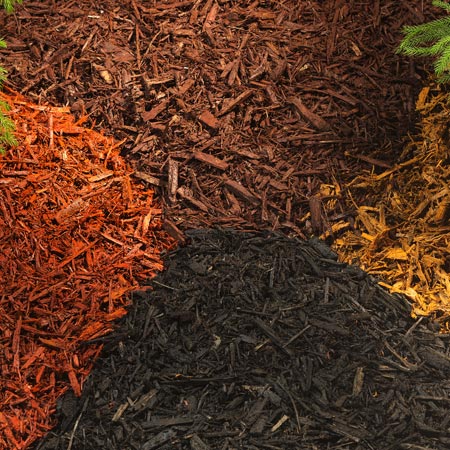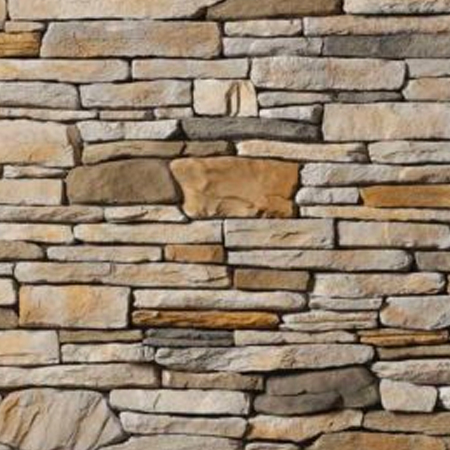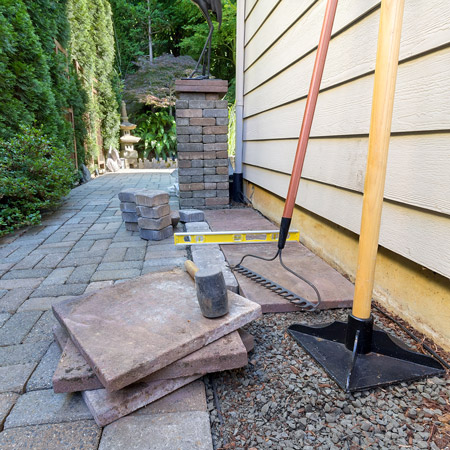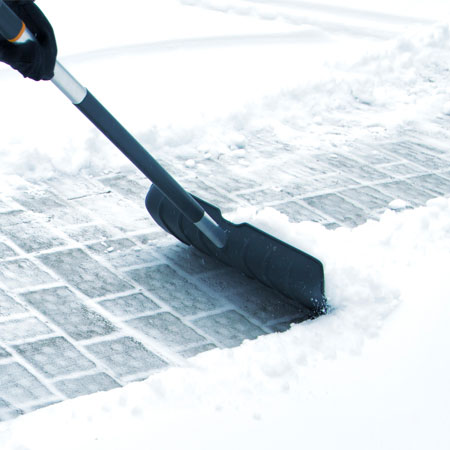
Tips for Choosing Quality Flagstone Materials
If you do decide to use this material to create a natural flagstone walkway, there are some things you can look for to ensure that you get the best quality for your local Providence landscaping ideas. First, choose flagstone that comes available in a wide variety of sizes, including thicknesses and shapes. Beware of brightly-colored or “glittery” flagstone, which has proven in most cases to be softer and lose its coloring under “normal wear and tear” conditions. Ask the supplier how these flagstone materials have been used by other clients and about their results with this product.
Other questions to ask would be about the origin of the flagstone materials, whether or not the originate from your area, and if they can be delivered to your home or job site for best results. A single piece of flagstone might not be heavy, but an entire pallet of it or grouping of it will add up in weight considerably. While you might think that flagstone materials are “just flagstone,” there are a number of different varieties and processes that should be considered when attempting to create a natural flagstone walkway that could be beneficial to your project.
- TUMBLED – a process used to create “softer” edges
- TREADS – a machining process used for step treads
- STEPPERS – typical flagstone materials used for creating a natural flagstone walkway
- THIN VENEER – sliced flagstone that is designed to lay flat on a slab or wall
- SNAPPED VENEER – process involves snapping the stone to create two-sided flat surfaces
- SAWN BED VENEER – natural surface on one side and a flat cut at a specific depth on the other
- LEDGESTONE – flat strips of flagstone materials used for stacking
- MOSAIC – patterns of flagstone made from random pieces
- PAVERS – like other pavers, these are cut into square or rectangular shapes
- SLABS – large pieces of flat stone that are irregularly and naturally shaped
- MILLED – precisely cut to an edge on one or more sides of the finished product
How to Lay Flagstone
There are two schools of thought when applying flagstone materials to your Providence landscaping ideas. The first is to use the materials known as “steppers” or stepping stones to create a natural flagstone walkway that can be filled in with sand, gravel, stone, grass, mulch or other common landscaping materials. The second is to lay the flagstone materials, such as mosaic or even a type of veneer, on top of a concrete slab. In addition to the use of sand, stone or plants to fill in the space between flagstone, some homeowners choose to use mortar to create a completely “finished” surface. Polymeric sand can also be used in this type of natural flagstone walkway application.
Because flagstone can be processed and treated in other ways, such as creating large flat stone slabs or used as treads in steps or stairs, there are other ways of using flagstone materials to create a walkway, path, patio or stairway, however the first two methods mentioned are certainly the most common. When choosing a ground cover, look to grasses or abundant herbs, such as woolly thyme. Adding topsoil to the joints will ensure that these plants will get a good start. If stone is being used, choose decomposed granite as a base and then fill in with the rock of your choice.
The main benefits associated with choosing to learn how to lay flagstone to create your Providence landscaping ideas include the natural appeal of this type of natural flagstone walkway and the natural non-slip walking surface even in rainy conditions. The surface is permeable, making it suitable for sustainable gardening projects and is very durable and long-lasting, which makes it a great cost-effective investment. Having the freedom to choose your own ground cover options from a variety of choices is also an advantage, as are all of the colors that are available naturally in this popular type of stone.
Where to Get Flagstone Materials in Providence
If you are looking to purchase flagstone materials to create a natural flagstone walkway, patio or other hardscaping project to enhance your Providence landscaping ideas, visit J&J Materials. With two locations in Seekonk and Bourne, J&J delivers to customers as far west as Providence and Pawtucket. Make sure to ask for tips on how to lay flagstone that would be best suited for your particular area and project. As noted, the applications will vary from location to location, so it is best to get your tips from someone with local experience in using this beautiful, natural hardscaping material.






